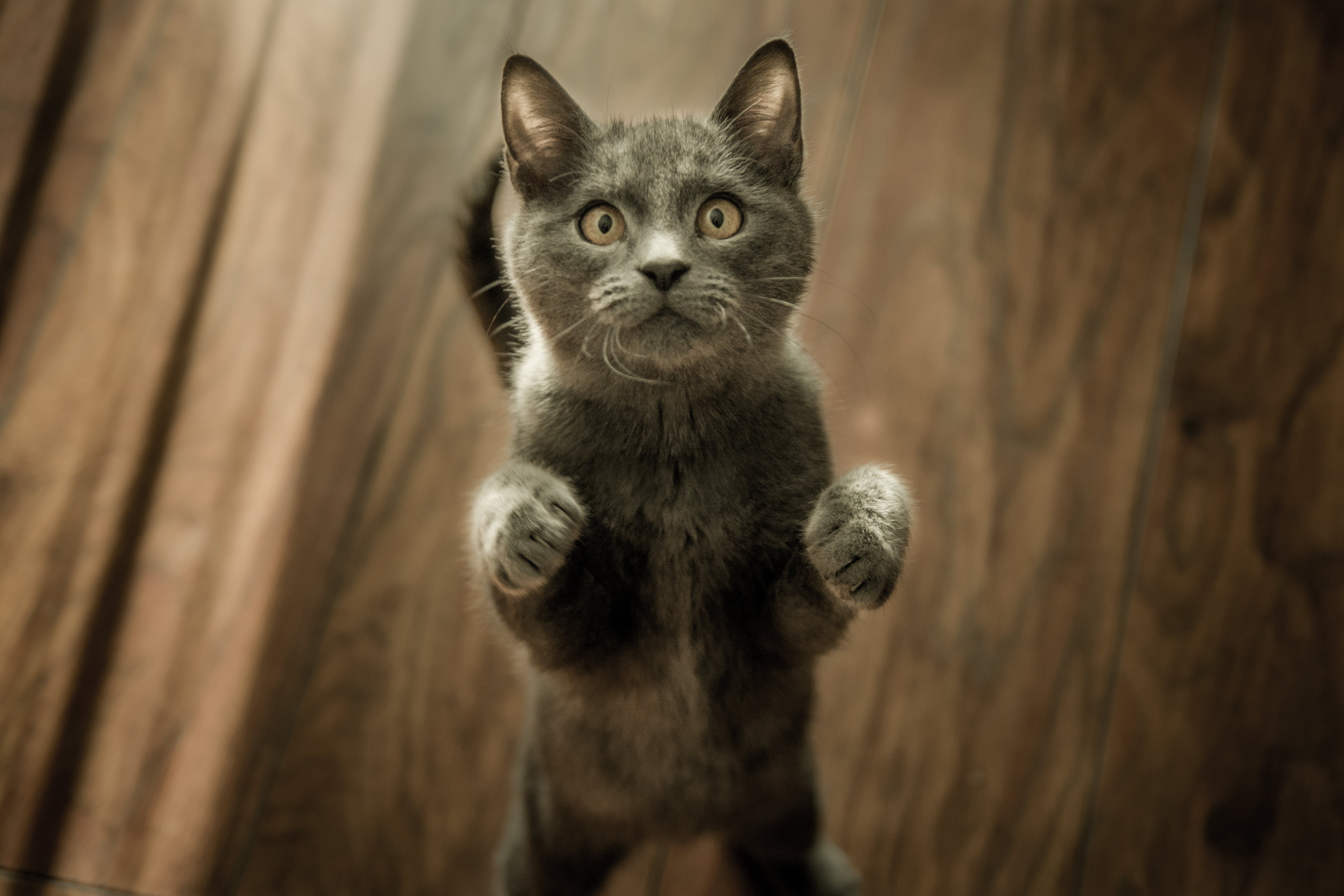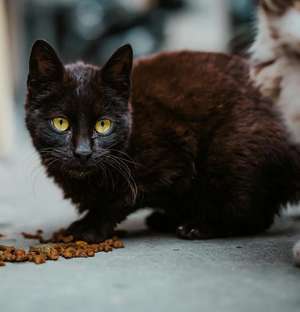
Cat Litter Showdown: Non-Clumping vs. Clumping: Choosing the Purr-fect Option
When it comes to cat litter, the choices can be overwhelming. One of the fundamental decisions cat owners face is whether to opt for non-clumping or clumping cat litter. Each type has its merits, and the right choice depends on various factors, including your cat's preferences, your cleaning routine, and your budget. In this guide, we'll delve into the characteristics of non-clumping and clumping cat litter to help you make an informed decision for your feline friend.
Understanding Non-Clumping Cat Litter:
Composition:
Non-clumping cat litter is typically made from materials like clay, silica gel, or recycled paper. It absorbs moisture without forming solid clumps, allowing urine to be absorbed into the litter.
Advantages:
- Less Expensive: Non-clumping litter tends to be more budget-friendly than clumping options.
- Suitable for Multiple Cats: Some cats, especially kittens, may find non-clumping litter more comfortable on their paws.
- Less Dust: Non-clumping litter often produces less dust than its clumping counterpart.
Considerations:
- Frequent Changing: Non-clumping litter requires more frequent changing as the entire box needs to be refreshed regularly.
- Odor Control: While some non-clumping litters come with odor-control features, they may not be as effective as clumping options.
Exploring Clumping Cat Litter:
Composition:
Clumping cat litter is typically made from bentonite clay, which forms solid clumps upon contact with moisture. This allows cat owners to scoop out waste easily, keeping the litter box cleaner.
Advantages:
- Convenient Cleanup: The clumps formed make it easy to scoop out soiled litter, keeping the box fresher for a more extended period.
- Effective Odor Control: Clumping litters are often praised for their superior odor control capabilities.
- Less Frequent Changing: Due to the ability to scoop out waste, clumping litter generally requires less frequent complete changes.
Considerations:
- Cost: Clumping cat litter is often more expensive than non-clumping options.
- Dust Levels: Some clumping litters may produce more dust, which can be a concern for cats with respiratory sensitivities.
Choosing Based on Your Cat's Needs:
- Texture Preferences: Cats may have individual preferences for the texture of their litter. Some may prefer the softer feel of non-clumping litter, while others may find clumping litter more comfortable.
- Health Considerations: Cats with respiratory sensitivities may benefit from low-dust options, regardless of whether they are clumping or non-clumping.
- Behavioural Observations: Pay attention to your cat's behaviour. If they consistently avoid using the litter box or show signs of discomfort, it may be an indication that they prefer a different type of litter.
The choice between non-clumping and clumping cat litter ultimately boils down to your cat's preferences, your cleaning routine, and budget considerations. Some cat owners may even choose to provide a mix of both to accommodate their cat's varying needs. Experimenting with different litters can help you find the purr-fect option that keeps both you and your feline companion happy. Happy scooping!





